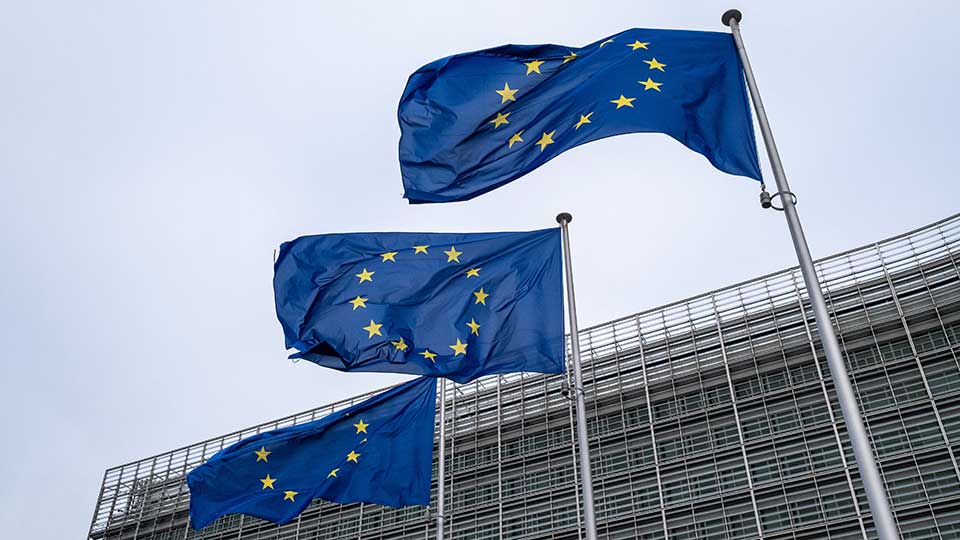
While Europe’s environmental policy to limit carbon emissions is well-meaning and aims to fight climate change, it could actually make things worse for Africa. Instead of helping the continent to develop its industries, EU policy might instead give China more control over access to valuable mineral resources, including critical minerals.
As countries compete for important minerals, the European Union (EU) is highlighting its commitment to the environment with policies like the Carbon Border Adjustment Mechanism (CBAM). CBAM is designed to prevent carbon emissions from moving to countries with looser rules by adding carbon costs to certain imports.
By penalizing high-carbon products, CBAM effectively discourages European companies from sourcing processed minerals from Africa. Instead, they might prefer to import raw ores and refine them in Europe, undermining African efforts to add value to their resources and perpetuating dependency on low-value extraction.
CBAM: A Green Policy with Industrial Blind Spots
CBAM’s goal is to level the playing field by charging a carbon price on imports such as steel, aluminum, and potentially critical mineral-based products. This is supposed to prevent European companies from relocating production to regions with weaker climate policies and to incentivize cleaner industrial practices globally.
Yet mineral processing in Africa is carbon-intensive not by design, but because of poor access to low-carbon energy production like solar, wind or hydroelectric.. Countries like the DRC, Zimbabwe, and Zambia rely disproportionately on coal and diesel to power their mineral industries. Renewable energy infrastructure is still slow to develop, very expensive, and often deterred by risk-averse investors.
Missing the Strategic Opportunity
While Europe presents itself as a champion of green partnerships, CBAM sends a contradictory message: industrialize cleanly or lose market access. This stance ignores Africa’s realities and the staggering financing gap for green infrastructure, which, according to the African Development Bank, is estimated to be between $2.8 trillion and $3 trillion by 2030.
Rather than supporting African countries to build local processing and industrial capacity, CBAM acts as a gatekeeper. The South African government views it as a form of green protectionism that restricts their participation in global supply chains.
China, however, has been more strategic. Though very controversial, China’s resources- for-infrastructure deals have nonetheless led to the construction of thousands of kilometers of roads, dozens of power plants and industrial parks.
By investing in local processing facilities for example, in Indonesia, the DRC, and Zimbabwe, China is responding to African governments’ push for value addition and local beneficiation. However, these projects have also had significant environmental impacts on the communities, but also a huge carbon footprint as they heavily rely on fossil fuels.
Unlike the EU, China does not penalize African partners for their current carbon intensity. Instead, it channels green finance into projects like the Green Silk Road Fund and supports renewable energy in countries such as Zambia, Kenya, and Ethiopia. While in some instances, these investments can also serve China’s geopolitical interests, they often more closely align with African governments’ development goals than the European approach.
The Risk of Losing Ground to China
Rather than positioning the EU as a strategic partner, CBAM may inadvertently consolidate China’s dominance in Africa’s critical mineral supply chains. By making African-processed minerals more expensive in Europe, CBAM reduces the incentive for African countries to integrate with European industries, pushing them closer to China, which imposes fewer environmental restrictions.
At a time when Europe seeks to reduce its dependency on China for critical minerals, CBAM risks achieving the opposite. It weakens the EU’s credibility as a partner for sustainable development and makes it harder for Africa to view Europe as a reliable ally in the green transition.
CBAM’s environmental ambitions are valid, but its one-size-fits-all approach to carbon pricing fails to account for the realities of mineral-rich African nations. Instead of supporting Africa’s industrialization and value addition, it risks reinforcing raw material dependency and ceding influence to China which is moving faster to secure partnerships and build value chains on the continent.
If the EU truly wants to compete with China in Africa’s critical minerals sector, it needs to rethink CBAM’s design and integrate support for Africa’s industrial growth. Otherwise, Europe’s green ambitions may unintentionally hamper Africa’s development while strengthening China’s grip on the global critical minerals race.








